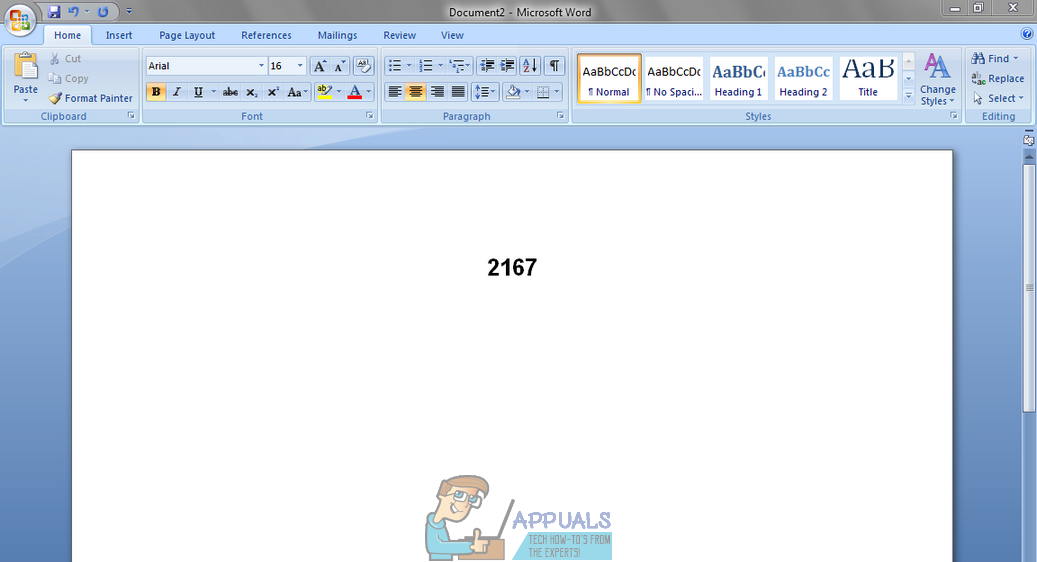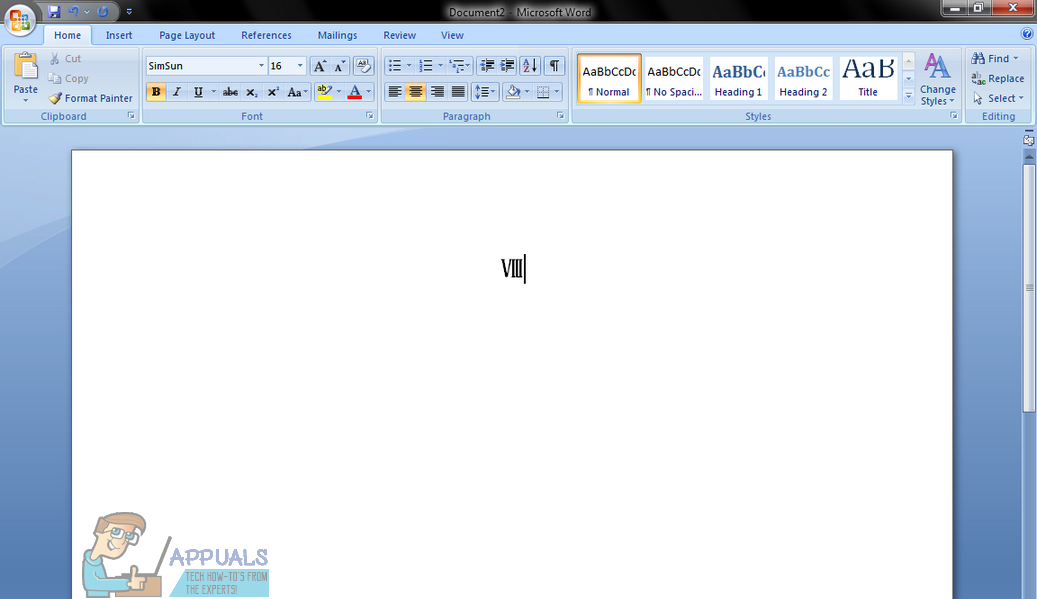How to Type Roman Numerals
It doesn’t matter how old Roman numerals (XIII, III, MDCXII) are or how simpler people find universal numerals (13, 3, 1612) to be, the fact of the matter is that Roman numerals work, and they’re not going anywhere anytime soon. Whether it is to number the pages on their college paper or two mark the pages on their proposal to the board of their workplace, the average person has to use Roman numerals quite a few times throughout their life. Since most of what we do nowadays we do on our computers, many people need to know how they can type Roman numerals on a computer.
Typing Roman numerals on a computer is not at all some gargantuan task that you need a Masters to attempt – it is actually pretty easy! However, you should know that there’s two different ways you can go about typing Roman numerals on a computer – one is extremely simple and down to Earth, while the other is just a tad more sophisticated but uses less characters and only works in some specific programs and areas of a computer. Without further ado, here are the two different methods you can use to type Roman numerals on a computer:
Method 1: Type Roman numbers using their lookalikes in the Latin alphabet
The simplest way to type Roman numerals on a computer is to use the lookalikes of Roman numbers that are present in the Latin alphabet (the alphabet that’s present on English language keyboard). This basically means you can use the capital letters I, V, X, L, C, D and M to type Roman numerals on a computer. As long as you know what each of these letters means in the Roman numeral system, typing Roman numbers using their lookalikes in the Latin alphabet that’s on your keyboard should be a piece of cake.
Method 2: Type Roman numerals in Unicode
Unicode is a universal standard for the encoding and representation of text on computers, and Unicode happens to have basically every Roman numeral in existence in its Number Forms Block. However, only certain programs and areas of a computer are capable of converting Unicode into the text encoded within it, which is why this method can only be used in certain places (on a word processor like Microsoft Work, a spreadsheet program like Microsoft Excel or when programming and writing code, for example). To type Roman numerals on a computer in Unicode, you need to simply:
- Type the Unicode character corresponding to the Roman numeral you want to type without the U+ in front (for example, 2167 is the Unicode character for the Roman numeral VIII). For a list of all the Unicode characters for all of the Roman numerals available in Unicode, simply go here.

- Press and hold the Alt key on your keyboard.
- With the Alt key still held, press X on your keyboard. As soon as you do so, the Unicode character you typed in will be converted into its corresponding Roman numeral.

Unlike typing Roman numerals on a computer using their lookalikes present in the Latin alphabet, when you type Roman numerals in Unicode, each character in Unicode counts as only one character in, say, a word processor. For example, XIII when written in Unicode counts as one character, whereas XIII written using the letters X and I on your keyboard counts as four separate characters.